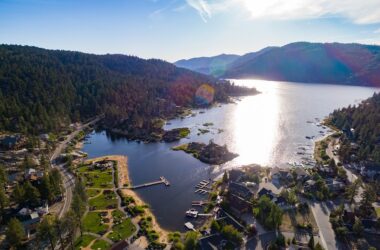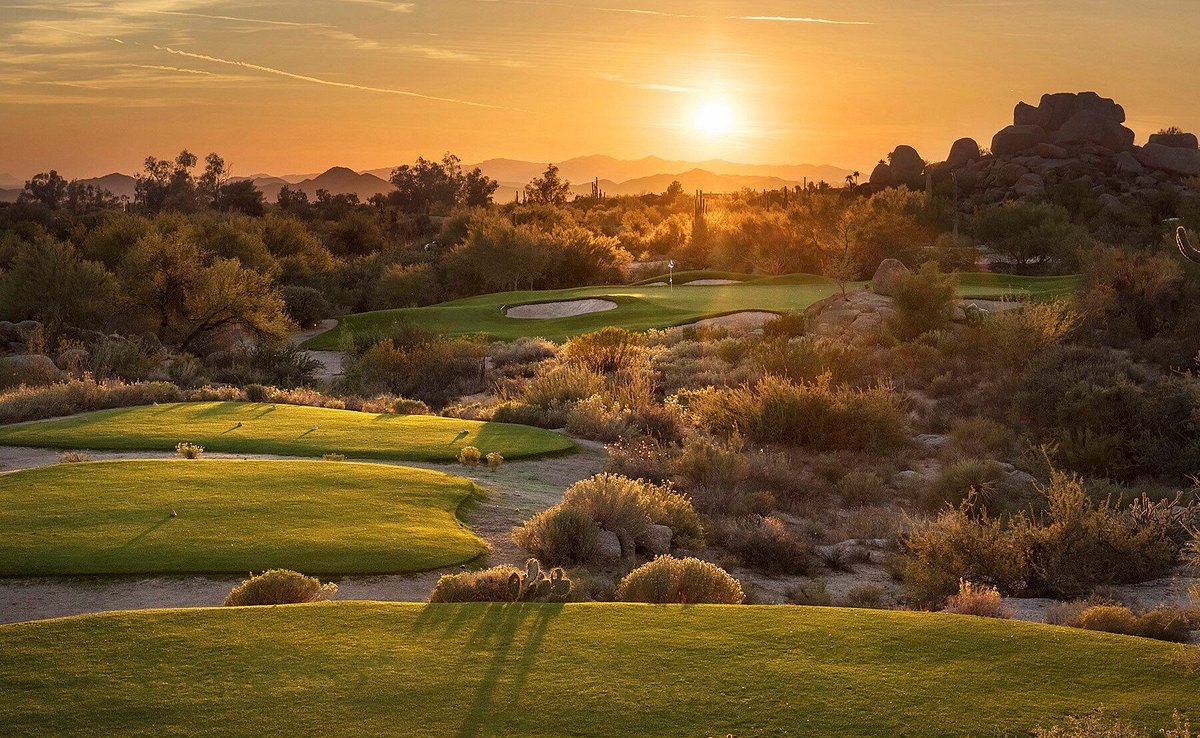Canyon de Chelly National Monument is a unique destination in the American Southwest that offers visitors a glimpse into the rich history and natural beauty of the region. Located in northeastern Arizona, the monument encompasses more than 83,000 acres of canyons, cliffs, and mesas that have been shaped by the forces of nature over millions of years. This article will explore the history, geology, flora, fauna, and cultural significance of Canyon de Chelly National Monument.
History
The history of Canyon de Chelly dates back thousands of years when the ancestral Puebloans first settled in the area around 2500 BC. They built cliff dwellings and farmed the fertile land along the canyon floor, creating a thriving civilization that lasted for several centuries. The Navajo people arrived in the area in the 1300s and established their own culture, which coexisted with the Puebloans for several centuries. In the 1800s, the Navajo were forced to relocate to Fort Sumner, New Mexico, during the Long Walk, but they returned to their homeland in 1868, after signing a treaty with the US government.
Geology
The geology of Canyon de Chelly is a testament to the power of water and wind in shaping the landscape. The monument is located in the heart of the Colorado Plateau, a vast region of high desert that covers parts of Arizona, Utah, Colorado, and New Mexico. The plateau is characterized by its towering mesas, deep canyons, and colorful rock formations, which were formed over millions of years by the forces of erosion.
The canyons of Canyon de Chelly were carved by the Chinle Formation, a layer of sedimentary rock that was deposited in a vast floodplain during the Late Triassic period, about 220 million years ago. Over time, the rock was uplifted and tilted, exposing it to erosion by wind and water. The canyon walls are composed of red, pink, and white sandstone, shale, and limestone, which are layered in a way that reveals the history of the region’s geologic past.
Flora
The flora of Canyon de Chelly is diverse and resilient, adapting to the harsh conditions of the high desert. The dominant vegetation is desert scrub, which includes sagebrush, rabbitbrush, yucca, and cactus. Juniper and pinon pine trees also thrive in the region, providing food and shelter for wildlife. During the spring and summer months, wildflowers bloom in the canyon, adding a splash of color to the landscape.
Fauna
The fauna of Canyon de Chelly is also diverse, with a wide range of species that have adapted to the arid environment. Mammals include coyotes, bobcats, mountain lions, deer, and pronghorns. Reptiles such as lizards, snakes, and turtles are also common. Birds are abundant, with species such as bald eagles, golden eagles, peregrine falcons, and red-tailed hawks nesting on the cliffs. Amphibians and fish are rare in the region, due to the scarcity of water.
Cultural Significance
Canyon de Chelly has been a sacred site for the Navajo people for centuries, and it remains an important cultural and spiritual center today. The Navajo believe that the canyons are the home of the Holy People and that they hold the key to the Navajo Way of Life. Many traditional ceremonies and rituals are still performed in the canyon, including the Blessingway, the Mountainway, and the Nightway.
The canyon also has a rich archaeological history, with more than 2,700 known archaeological sites, including ancient cliff dwellings, rock art, and petroglyphs. The Ancestral Puebloans and later the Navajo people built homes, granaries, and ceremonial structures in the cliffs and caves of the canyon walls. The ruins of these structures offer a glimpse into the daily lives and cultural practices of these ancient peoples.
Visiting Canyon de Chelly
Canyon de Chelly is open year-round, and visitors can explore the canyon on foot, by horseback, or by vehicle. The North Rim Drive and South Rim Drive provide stunning views of the canyon from overlooks, and visitors can also hike down to the canyon floor to explore the ruins and rock art up close. Guided tours are available, led by Navajo guides who provide insight into the cultural significance of the canyon.
Visitors should be prepared for the harsh desert environment, with temperatures that can reach over 100 degrees Fahrenheit in the summer and drop below freezing in the winter. It is also important to respect the cultural and spiritual significance of the canyon to the Navajo people and to follow park regulations regarding access and photography of sacred sites.
Conclusion
Canyon de Chelly National Monument is a unique destination that offers visitors a glimpse into the rich history and natural beauty of the American Southwest. The canyon’s geology, flora, and fauna are a testament to the power of nature, while its cultural significance to the Navajo people provides a glimpse into the spiritual and cultural practices of the region’s ancient peoples. Visiting Canyon de Chelly is a unique and unforgettable experience that should be on every traveler’s bucket list.
Similar Articles
Frequently Asked Questions About Canyon de Chelly National Monument
Here are some frequently asked questions about Canyon de Chelly National Monument:
What is Canyon de Chelly National Monument?
Canyon de Chelly National Monument is a protected area in northeastern Arizona that includes several canyons, cliffs, and mesas that have been shaped by the forces of nature over millions of years. It is also an important cultural and spiritual center for the Navajo people, with a rich archaeological history.
What is the best time of year to visit Canyon de Chelly?
The best time to visit Canyon de Chelly is during the spring and fall when temperatures are milder and wildflowers bloom in the canyon. Summer can be very hot, with temperatures reaching over 100 degrees Fahrenheit, while winter can be cold and snowy.
Can visitors hike down into the canyon?
Yes, visitors can hike down into the canyon on designated trails. It is important to be prepared for the rugged terrain and to bring plenty of water and sunscreen.
Are guided tours available?
Yes, guided tours are available, led by Navajo guides who provide insight into the cultural significance of the canyon. These tours can be booked through the park’s visitor center.
What kind of wildlife can be seen in Canyon de Chelly?
Canyon de Chelly is home to a wide range of wildlife, including coyotes, bobcats, mountain lions, deer, and pronghorns. Birds such as bald eagles, golden eagles, peregrine falcons, and red-tailed hawks are also common.
Are there camping facilities in Canyon de Chelly?
Yes, there are several campgrounds in the park that offer tent and RV camping. There are also several lodges and hotels in the nearby towns of Chinle and Ganado.
Are there any restrictions on photography in Canyon de Chelly?
There are some restrictions on photography of sacred sites and rock art in the canyon. Visitors are advised to check with park rangers before taking photographs of these sites.
What is the cultural significance of Canyon de Chelly to the Navajo people?
Canyon de Chelly is a sacred site for the Navajo people, and it is believed to be the home of the Holy People. The canyon also has a rich archaeological history, with many ancient ruins and rock art sites that provide a glimpse into the cultural practices of the region’s ancient peoples.









